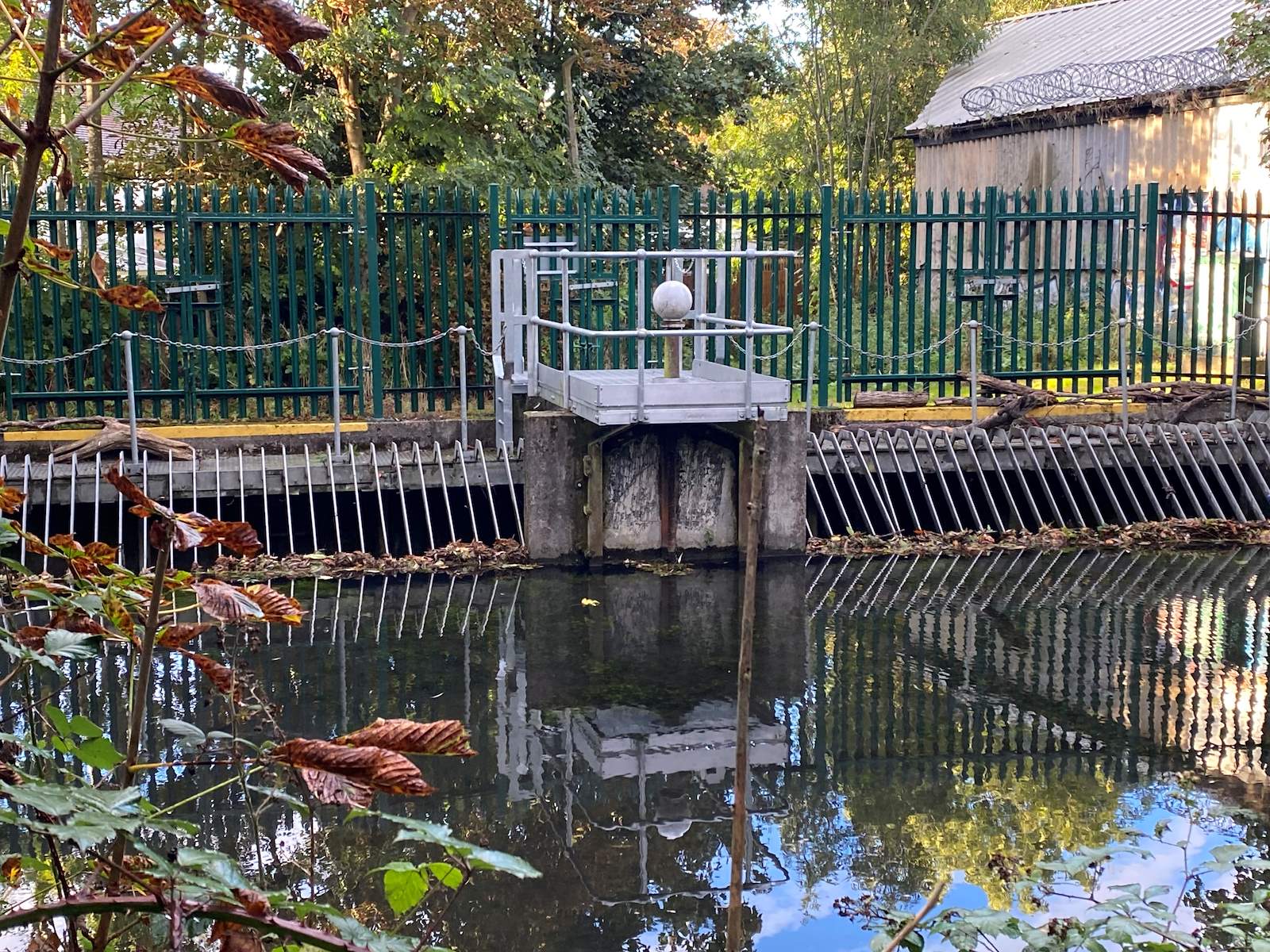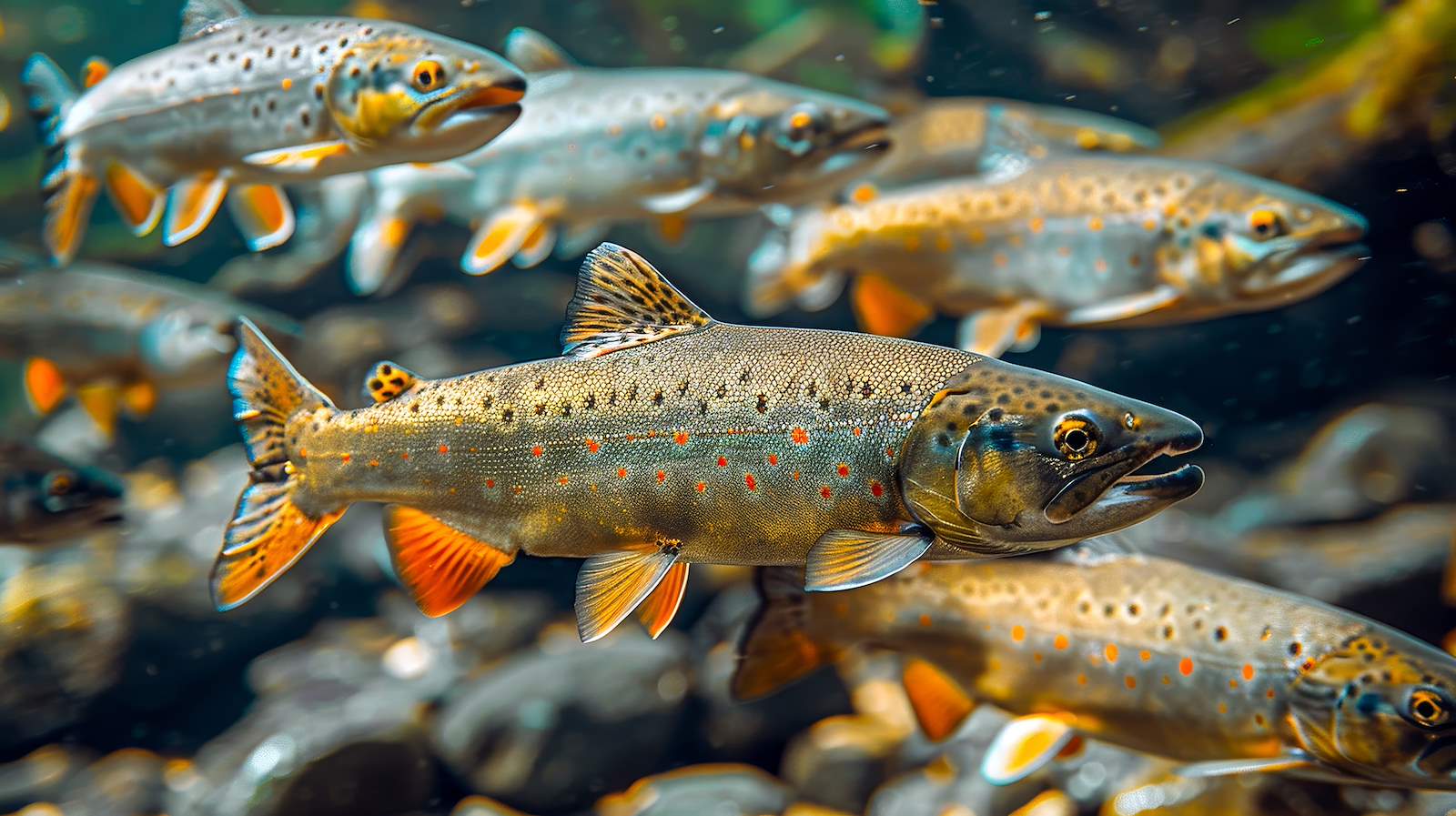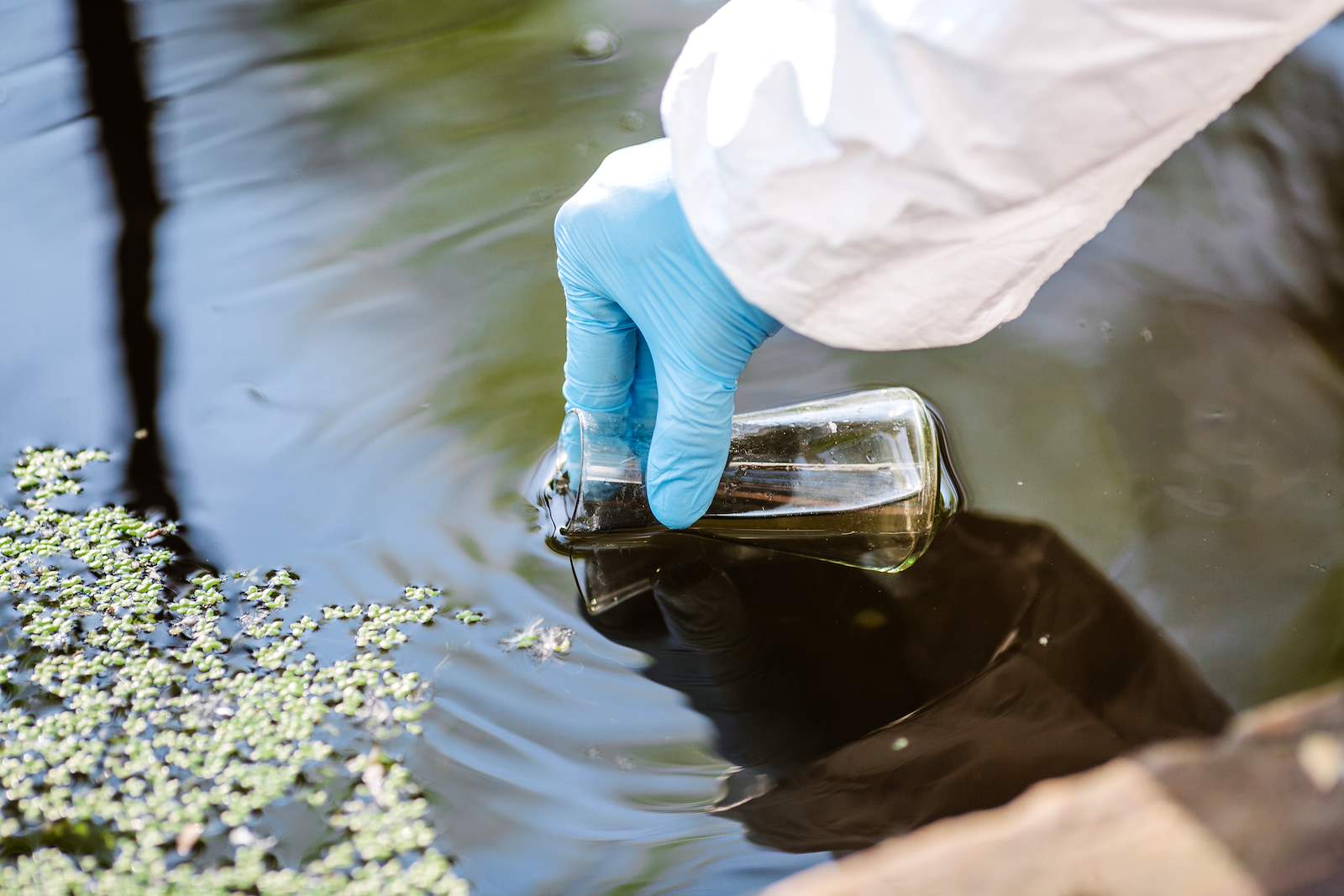
In-channel water control structures, such as weirs, are common on many UK rivers. However, they often impede the free movement of migratory fish species, including Atlantic salmon (Salmo salar), trout (Salmo trutta) and European eel (Anguilla anguilla), which is a requirement of the Water Environment (Water Framework Directive) (England and Wales) Regulations 2017 (typically known as the WFD Regulations), as amended by the Floods and Water (amendment etc.) (EU Exit) Regulations 2019.

As a result, many watercourses in the UK are failing to reach the required target of Good Ecological Status (GES) due to physical modifications that adversely impact fish and eels, such as weirs. Consequently, water control structures such as weirs are being removed or modified to help meet the requirements of the WFD Regulations to protect and, where possible, enhance the condition of all bodies of water. In addition to WFD requirements, the Eels (England and Wales) Regulations 2009 require the Environment Agency to prepare and implement Eel Management Plans (EMPs), with the objective of reducing human induced (anthropogenic) impacts on eel stocks. Making rivers passable for juvenile and adult eel is a key element of the Environment Agency’s EMPs.
To improve habitats, geomorphology and help meet WFD objectives and the Eels Regulations on the River Wandle, removal of the west weir on the Carshalton branch is being investigated as part of SES Water’s Water Industry National Environment Programme (WINEP). Shepley Mill is at the downstream end of the Carshalton branch of the River Wandle, where it meets the Croydon branch (see Figure below).
Wilderness Island separates the two branches before they converge downstream to discharge through culverts beneath the mill. The weirs associated with Shepley Mill are a barrier to fish and eels, which is one of the reasons why the Carshalton branch has ‘bad’ ecological status for fish.
The interactive content below might not be fully accessible.
